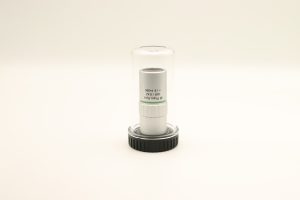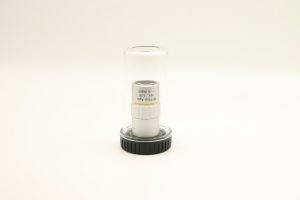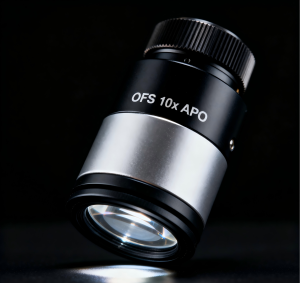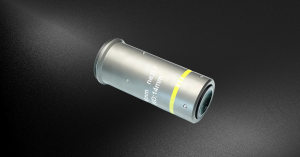Key Takeaways
- Avantier specializes in reverse engineering high-performance optical lenses to solve complex research and industrial challenges.
- Case studies include designing a laser-resistant OFS 20x APO objective for genome editing, creating a fungal-resistant Olympus OTS 10x lens for fluorescence microscopy, and developing a custom projection lens for a home planetarium.
- Our solutions deliver durability, cost savings, and superior imaging, proving our expertise in microscope objectives, protective coatings, and custom optical lens design across bioresearch, biomedical, and consumer electronics.
At Avantier, we specialize in reverse engineering optical lenses to solve complex challenges in biomedical research, bioresearch, and consumer electronics. Below are three real-world case studies where our expertise in microscope objectives and precision projection lenses delivered measurable results.
Case Study 1: Reverse Engineering an OFS 20x APO Objective Lens for Bioresearch
Challenge:
A leading bioresearch lab pioneered a new genome editing method to accelerate plant domestication. Using an OFS 20x Mitutoyo APO SL infinity-corrected objective lens, researchers achieved the precision needed for their work. However, the high-energy continuous wave (CW) lasers damaged the sensitive optics, leading to repeated lens failure and unsustainable replacement costs.
Solution:
Our engineering team reverse-engineered the OFS 20x objective lens, replicating its long working distance and high numerical aperture (NA). We then enhanced the design with a custom protective coating to resist laser damage.
Results:
- A durable microscope objective lens, resistant to CW laser exposure.
- Continuous reliable performance for 3+ years without failures.
- Significant cost savings for the bioresearch lab.

Case Study 2: Reverse Engineering an OTS 10x Objective Lens for Biomedical Research
Challenge:
A biomedical research company used an Olympus OTS 10x microscope objective for fluorescence microscopy in incubators (37°C, 70% humidity). Over time, fungal spores thrived in the warm, humid environment, producing hydrofluoric acid that degraded lens coatings and etched glass. Frequent replacement of these costly objectives became unsustainable.
Solution:
We reverse-engineered the OTS 10x Olympus objective and developed an equivalent lens with a special anti-fungal protective coating resistant to high humidity and heat.
Results:
- Long-term reliability in humid, incubator environments.
- Elimination of fungal-related lens damage.
- Reduced costs by preventing frequent objective replacement.

Case Study 3: Reverse Engineering a High-Precision Projection Lens
Challenge:
A consumer electronics company designing a home planetarium projector needed a high-precision projection lens. Existing market options failed to deliver the required image quality, and the lens they wanted was obsolete.
Solution:
We studied the original design and developed a custom projection lens that matched and exceeded the client’s expectations. The lens was engineered for superior image clarity while being cost-effective for large-scale production.
Results:
- Affordable, high-quality projector lens.
- Enhanced performance beyond available market alternatives.
- Scalable for high-volume manufacturing.
Why Choose Us for Optical Lens Reverse Engineering?
- Expertise in microscope objective design (APO, Mitutoyo, Olympus, and other relevant brands, custom builds).
- Proven solutions in laser damage resistance, anti-fungal coatings, and projection lens design.
- Cost-effective, durable alternatives to OEM optical components.

Conclusion
Through reverse engineering, we have solved challenges in biomedical imaging, genome editing research, and consumer electronics projection systems. Our ability to enhance performance, improve durability, and reduce costs makes us the go-to partner for custom optical lens solutions.
Related Content
GREAT ARTICLE!
Share this article to gain insights from your connections!




